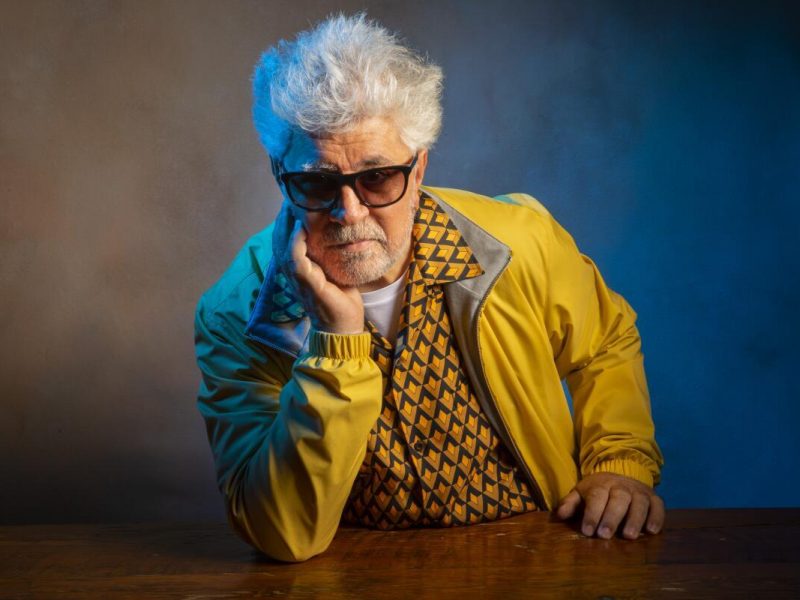Women in Horror Movies: The Best Female Horror Directors & Characters
The history of horror movies has witnessed a significant evolution in the portrayal of female characters. From early horror classics that often depicted women as helpless victims to the modern era, where women have risen as protagonists and formidable adversaries, the trajectory of female representation in horror is intriguing. The evolution reflects changing societal norms, challenging stereotypes, and offering nuanced perspectives on femininity and strength. Female characters are no longer confined to the role of the damsel in distress; instead, they navigate complex narratives, face their fears, and, at times, embody the horror itself.
In a genre known for pushing boundaries and exploring the darker aspects of human nature, representation matters immensely. The inclusion of well-rounded, diverse female characters challenges traditional gender roles and provides audiences with more relatable and authentic stories. It allows for a broader exploration of fear, courage, and resilience through the female lens. Moreover, diverse representation also serves to break away from the tired tropes and stereotypes that have long plagued horror narratives, opening up space for creativity and innovation.
The horror genre has seen a surge in talented female directors who have contributed significantly to its evolution. Directors like Kathryn Bigelow, Mary Harron, and Karyn Kusama have brought unique perspectives to the horror landscape, crafting films that delve into psychological terror, societal fears, and the human condition. Their work challenges conventional norms, proving that women are not only adept at directing horror but can also bring fresh and thought-provoking narratives to the genre.
Horror movies are replete with iconic characters that have left an indelible mark on audiences. From the sinister elegance of Kathy Bates’ Annie Wilkes in “Misery” to the chilling presence of Sissy Spacek’s Carrie White or the horrific realism of Allison Williams’ Rose Armitage in Get Out (2018), female characters have become synonymous with some of the most memorable moments in horror history – especially female horror villains. These characters often embody the complex relationship between vulnerability and strength, challenging preconceived notions of femininity. Their impact extends beyond the screen, sparking discussions on empowerment, fear, and the boundaries between victimhood and agency. Here are some of our favorites:
Pamela Voorhees
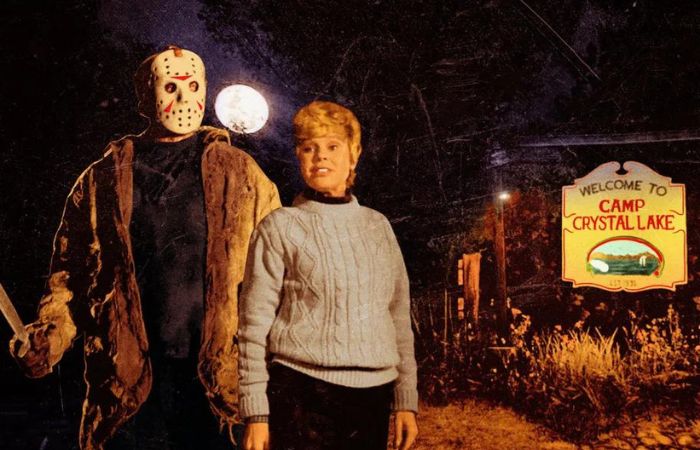
The original “Jason”, Mrs. Voorhees, played by classic film icon Betsy Palmer, was revealed in the last act of Friday the 13th (1980) to have been the real villain on a killing spree at Camp Crystal Lake to avenge her son, Jason, who drowned. He doesn’t show up until Part II, and doesn’t even don the iconic hockey mask until Part III – his mother is truly one of the first slasher film villainous icons, especially in her face off against the final girl. Pamela Voorhees stands as a unique and psychologically complex antagonist in the world of horror movies. Her role as the vengeful mother in “Friday the 13th” added a layer of depth to the slasher genre, challenging conventional notions of horror villains. Pamela’s legacy persists as a reminder that, in the realm of horror, the most unsettling threats often emerge from the depths of human emotion and the twisted bonds of family.
Jennifer Check
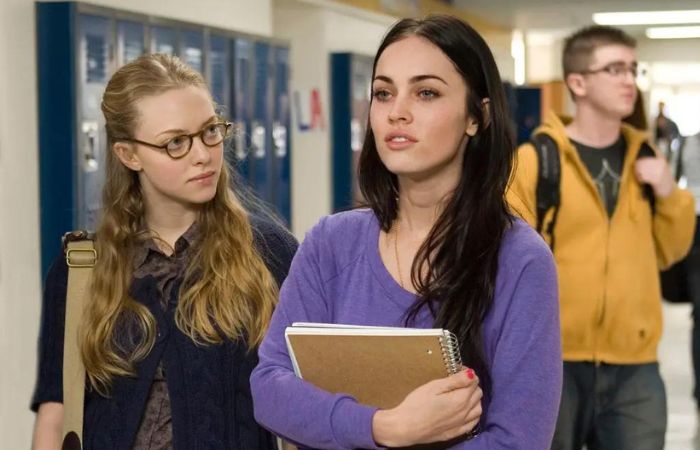
The core antagonist of Jennifer’s Body (2007), Megan Fox stars as Jennifer Check alongside Amanda Seyfried (her friend Needy) this coming-of-rage story of a high schooler who gets possessed by a demon succubus when she is incorrectly sacrificed to Satan. Featuring an all-female writer-director team of Diablo Cody and Karyn Kusama, the film has grown a massive cult following in the past few years. One of the standout aspects of Jennifer’s character is the exploration of female friendship and betrayal. As she grapples with her newfound demonic nature, Jennifer’s relationship with her best friend, Needy Lesnicky (played by Amanda Seyfried), becomes central to the plot. The film delves into the complexities of jealousy, rivalry, and the blurred lines between victim and villain, offering a fresh perspective on the dynamics of teenage friendships.
Tiffany Valentine

Jennifer Tilly steals the show in the Bride of Chucky (1998) as Tiffany Valentine, one of the most hilarious, iconic, and scariest female horror movie villains of all time.Tiffany Valentine, the Bride of Chucky, stands as a testament to the creativity and unpredictability that can be found in the horror genre. Her evolution from a human to a doll, coupled with the dark humor and unique dynamics of her relationship with Chucky, has solidified Tiffany’s place in the pantheon of horror movie characters. Jennifer Tilly’s portrayal adds an extra layer of complexity to the character, making Tiffany Valentine a memorable and enduring presence in the world of horror cinema.
Sydney Prescott

Neve Campbell stars as Sydney Prescott in Scream (1996), a more modern iteration of the final girl (alongside Courteney Cox’s Gale Weathers and David Arquette’s Dewey Riley) in this meta, self-aware high school horror-comedy that brought Ghostface to the big screen, one of the most iconic horror villains (shout out to Jill Roberts of Scream 4 (2011)), widely regarded for the creative kills throughout the franchise. Sydney Prescott’s character has left an enduring legacy in horror cinema. The “Scream” franchise, with its meta-commentary on the genre, introduced a new era of self-awareness in slasher films. Sydney’s character, with her strength, vulnerabilities, and evolving arc, has become an influential figure that paved the way for more nuanced portrayals of female protagonists in horror.
Laurie Strode
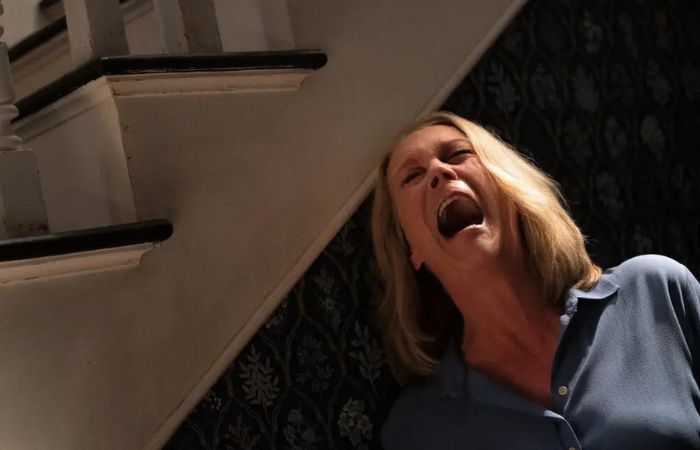
In the pantheon of horror movie characters, few have left as enduring an impact as Laurie Strode. First introduced to audiences in John Carpenter’s 1978 classic, “Halloween,” Laurie is the embodiment of the archetypal “final girl” — a character who, against all odds, confronts and survives the horrors that unfold throughout the film (in her case, the serial killer Michael Myers). Laurie Strode’s significance extends beyond the confines of horror. She represents a shift in the portrayal of female characters in the genre, breaking away from the stereotypical victim roles. Laurie is a survivor, a fighter, and a symbol of strength, resonating with audiences who appreciate characters that defy expectations and showcase the triumph of the human spirit.
Pearl

Mia Goth’s portrayal of Pearl leaves an indelible mark in the legacy of horror performance. Her nuanced and evocative approach to characters that dwell in the supernatural echoes the rich tradition of iconic horror actors who have brought timeless, eerie figures to life. Mia Goth, as Pearl, becomes a contemporary contributor to the ever-evolving narrative of horror cinema.
The Girl
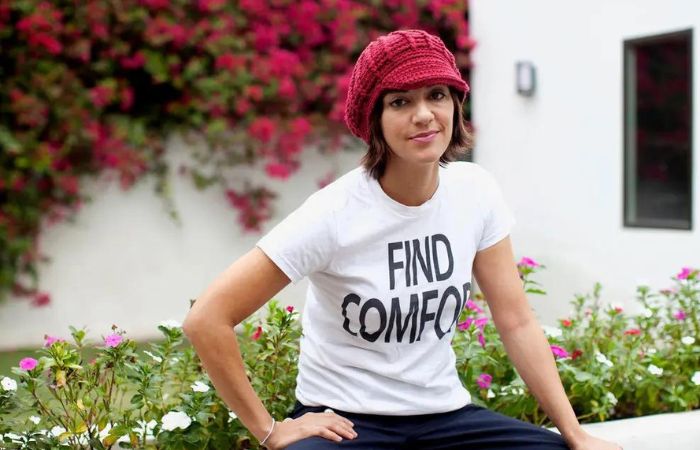
Ana Lily Amirpour’s film has left a lasting impact on the landscape of independent horror cinema. Its artistic approach, genre-blurring narrative, and the unforgettable presence of The Girl have solidified its place as a cult classic. “A Girl Walks Home at Night” stands as a testament to the creative possibilities within the horror genre when approached with innovation and a commitment to visual storytelling. As The Girl glides through the night, her actions challenge and subvert traditional horror tropes. Instead of being a malevolent force, she preys on those who engage in cruelty and exploitation, aligning her actions with a sense of poetic justice. The film’s narrative is not a straightforward horror story but a nuanced exploration of morality, desire, and the consequences of one’s actions.
Jane Hudson
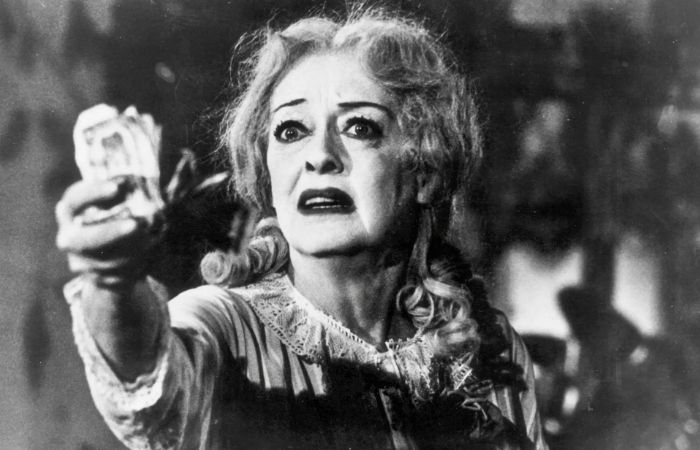
The portrayal of Jane Hudson by Bette Davis in “Whatever Happened to Baby Jane?” is nothing short of a tour de force. Her performance captures the essence of a woman teetering on the edge of sanity, oscillating between moments of fragile vulnerability and explosive rage. Davis’s ability to convey the complexity of Jane’s character ensures that the audience is not merely witnessing a villain but a deeply troubled soul trapped in the prison of her own making. Jane’s desperation permeates every frame of the film, from her delusional attempts at a comeback to the macabre treatment of her sister, Blanche. The decaying mansion becomes a metaphor for Jane’s own crumbling psyche, mirroring the dilapidation of her dreams and the corrosive effects of a life spent in isolation. The character becomes a tragic study in the consequences of unfulfilled aspirations.
Carrie White

Carrie White, immortalized the Stephen King novel and adapted into various films, is a character whose name resonates with horror enthusiasts. The most iconic adaptation is Brian De Palma’s 1976 film “Carrie,” starring Sissy Spacek in the titular role. Carrie is a tragic figure, a high school outcast with telekinetic powers, who becomes the focal point of a relentless and devastating vendetta. This blog post explores the depths of Carrie White’s character, her struggles, and the eruption of telekinetic fury that defines her legacy. Margaret White (played by Piper Laurie), Carrie’s mother, plays a pivotal role in shaping her daughter’s psyche. A fanatical and oppressive figure, Margaret imposes a distorted interpretation of religion on Carrie, viewing her telekinetic abilities as sinful manifestations. The toxic mother-daughter relationship intensifies Carrie’s isolation and contributes to the psychological pressure building within her.
Annie Wilkes

Based on the novel Misery by Stephen King, Annie Wilkes enters the narrative as the seemingly benevolent rescuer of the protagonist, author Paul Sheldon (played by James Caan in the film). Following a car accident, Paul is saved by Annie and brought to her secluded home. What initially appears as an act of kindness soon unravels into a chilling tale of captivity and obsession. Kathy Bates’s portrayal of Annie Wilkes is a masterclass in duality. On the surface, Annie presents herself as a caregiver, tending to Paul’s injuries and professing her love for his work. Beneath this facade, however, lies a deeply disturbed individual with a propensity for violence and a distorted sense of reality. The contrast between Annie’s nurturing moments and her explosive outbursts creates a constant undercurrent of tension.
Elaine

Elaine is introduced in “The Love Witch” as a striking figure adorned in meticulously crafted vintage ensembles, channeling the glamour of classic Hollywood starlets. Her aesthetic is not merely a visual choice but a deliberate manifestation of her empowered femininity. Elaine’s character challenges traditional gender norms, embracing her sensuality and asserting her agency in a world that often seeks to confine women to predefined roles. “The Love Witch” stands out not only for its narrative but also for its visual splendor. Anna Biller’s direction pays homage to the lush aesthetics of 1960s Technicolor films, creating a visually stunning backdrop for Elaine’s journey. The film’s deliberate stylization adds another layer to the character’s allure, emphasizing the interplay between fantasy and reality.
Watch the Best of Horror at Angelika Film Center
Angelika Film Center & Cafe stands as a distinguished curator of cinematic experiences, and its commitment to showcasing diverse narratives is evident in its selection of women-led horror films. The franchise recognizes the importance of amplifying the voices of female directors and providing a platform for stories that explore the multifaceted nature of fear, horror, and survival. From classic horror films that laid the groundwork for female representation to contemporary works that push the boundaries of the genre, Angelika Film Center & Cafe’s selection celebrates the contribution of women to the world of horror.
In conclusion, women in horror movies have transcended the stereotypical roles of victims and have emerged as powerful, complex characters shaping the narratives of fear and terror. The evolution of female characters, the rise of influential female directors, and the unforgettable impact of female horror characters all contribute to a richer and more diverse horror genre. Angelika Film Center & Cafe’s commitment to showcasing women-led horror films is a testament to the importance of representation in cinema, ensuring that the stories told on the big screen resonate with the diverse experiences of audiences. As the horror genre continues to evolve, the role of women in shaping its future remains more crucial than ever.




